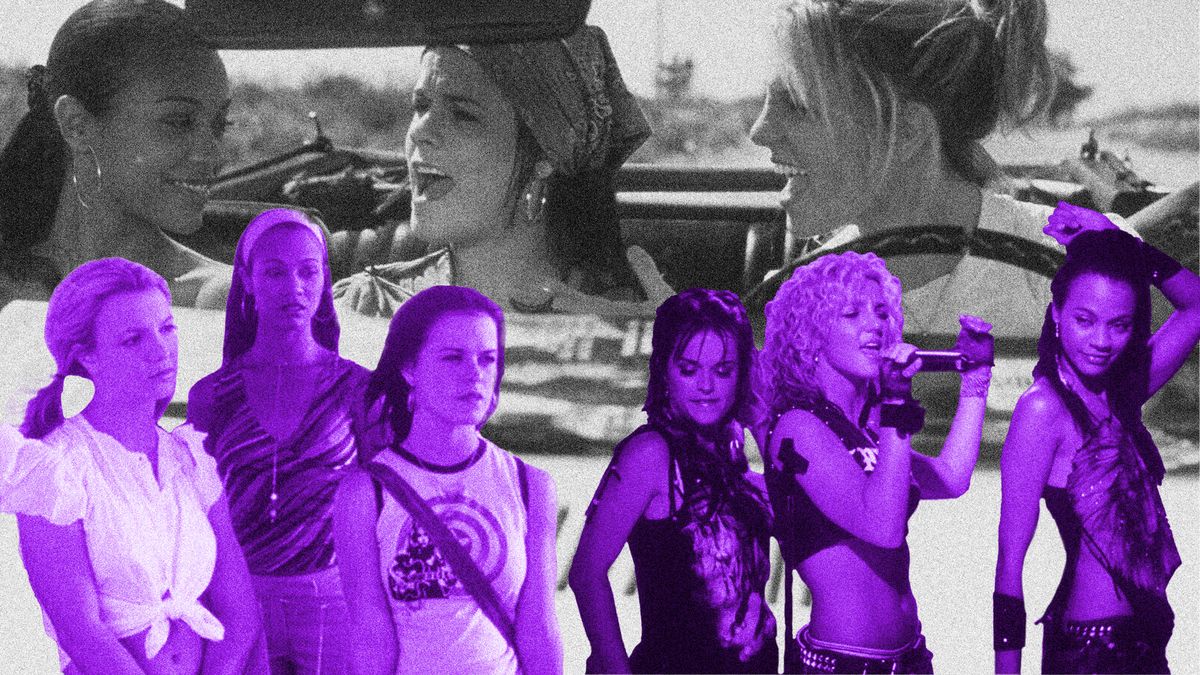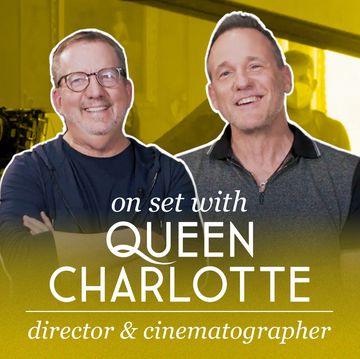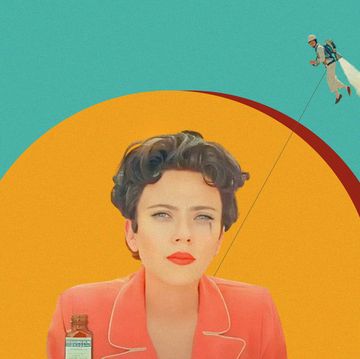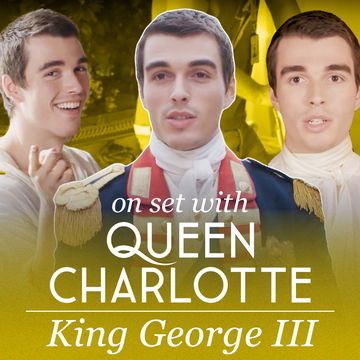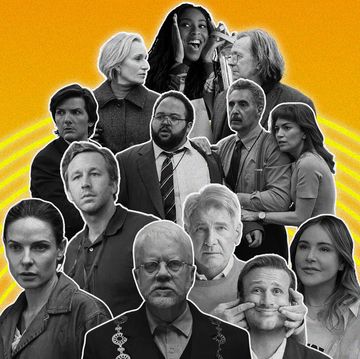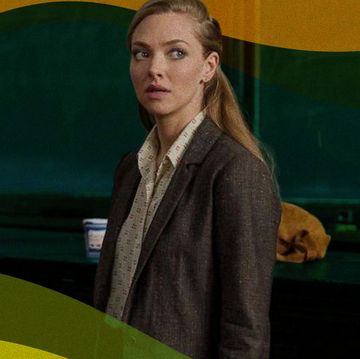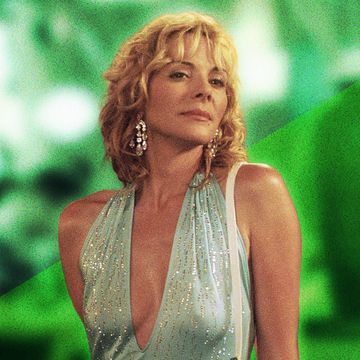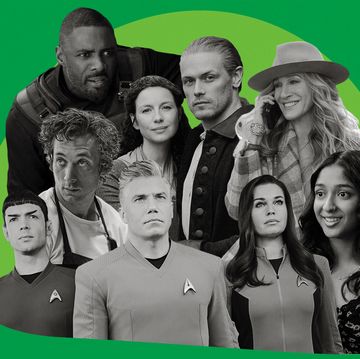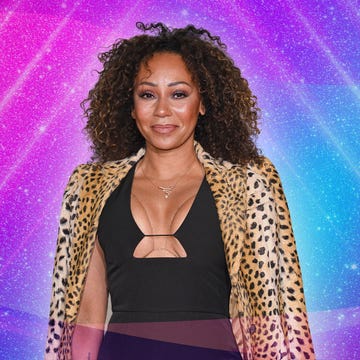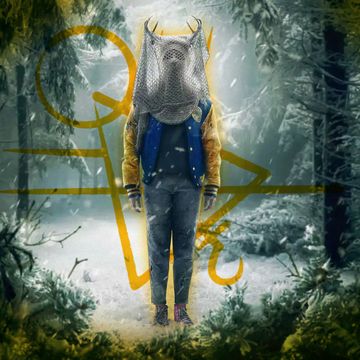Every once in a while, an unforgettable movie comes along that stays with you forever. Like a good song, it becomes the soundtrack for a certain time in your life. The memory of it feels soft-edged and dreamy, like a mirage you’re not sure really existed but lives in the depths of your mind and is as real to you as the first time you saw it. That movie, for millions of teen girls in the early 2000s, was Crossroads.
Twenty years ago today, the 2002 teen cult classic starring a 19-year-old Britney Spears, Zoe Saldaña, and Taryn Manning was released in the United States. Directed by Tamra Davis and written by Shonda Rhimes, the beloved coming-of-age movie follows three high school graduates from a small town in Georgia as they take a last-minute cross-country journey to fulfill the wishes they made together as children. It’s a road-trip film, teen drama, and female-led buddy comedy all wrapped up into one — and it defined a generation.
Essie Golden, a 35-year-old content creator from Brooklyn, New York, who was 15 when the film came out, says, “That iconic scene of them driving while listening to Sheryl Crow’s ‘If It Makes You Happy’” stands out to her after all these years. “I used to play it over and over,” she tells Shondaland via Twitter. “Not to mention Nikka Costa’s ‘So Have I for You’ playing during that love scene.”
Others remember the scenes where the entire car belts to *NSYNC’s “Bye Bye Bye” and Shania Twain’s “Man! I Feel Like a Woman!” playing on the Buick Skylark convertible’s radio, or when Spears performs “I Love Rock ’N’ Roll” at the karaoke bar for gas cash in some “b--thole town, Louisiana,” and “I’m Not a Girl, Not Yet a Woman” at the record-company audition in Los Angeles — both from the self-titled album Britney released the year prior.
Twenty years after its release, the movie is indulgently nostalgic, complete with bucket hats, denim jackets, jean skirts, hair clips, purple-tinted sunglasses with a rhinestone heart on the bottom left, and, yes, a paper map. (The cross-fade transitions, reminiscent of the early 2000s, are exactly what the doctor ordered.)
At the time, though, for many, it was so much more. Crossroads truly embraced coming of age rather than just talking about it. The film was sweet but also edgy; innocent but sexy. For some, it was too suggestive (a crop top! Can you believe it?), but for others, it showed that young women who were leaving their teenage years behind and approaching their 20s could be sultry and smart, sure and unsure.
For Zoe McCray, the thing that stuck out to her was the depiction of a friend group with different races, which is something she didn’t see too often at the time. “Growing up with a primarily white friendship group and 98 percent all-white classmates … it felt like I saw myself in Zoe a bit,” she says via Facebook.
Each character had their own well-fleshed-out backstory and struggles, but at the forefront was Lucy (Spears). We see the “perfect, sweet, proper, virginal” Lucy, as Kit (Saldaña) describes her in an early scene, opting not to lose her virginity to her lab partner of three years, played by Justin Long, after he presents her with a not-quite-effective numbered list on why they should, and then later, choosing on her own to have sex for the first time. But we also get to see Lucy navigate her relationship with her overbearing and controlling father (Dan Aykroyd), cope with finding out that her estranged mother (Kim Cattrall) wants nothing to do with her, and finally, face herself and figure out what she wants to do with her life. Viewers not only saw Spears — who was one of the biggest stars in the world at the time — but they could also see themselves.
In 2016, Rhimes told Broadly that she saw the movie as an opportunity to reintroduce Spears to the world as real and complex. “I was much more interested in the young woman that I met than the image that people had of her. She was a person, and I don’t think anyone at the time was looking at her — because it’s such a misogynistic society — as a person,” Rhimes recalled to Broadly journalist Emalie Marthe. “The idea that we could portray her as a three-dimensional young woman was interesting to me. To have mean-girled her and turned her into a caricature would have been a mistake.”
The movie received mixed reviews from critics, but that didn’t faze those involved in its making because it was beloved by its intended audience: teenage girls. Despite the critical reviews, largely from male critics who focused mostly on Spears’ appearance, the film was a box-office success. It made more than $14 million on its opening weekend, which surpassed its budget of $12 million, then went on to gross a total of more than $61.1 million worldwide — earning back its entire budget five times over. More importantly, it offered teen girls, and fans of Spears, exactly what they came for, and its impact has lived beyond its run in theaters.
The movie served as much more than just a star vehicle for Spears; it played a large part in launching the careers of Saldaña and Manning, who went on to Hollywood stardom, with Saldaña taking part in films like Avatar and Guardians of the Galaxy, and Manning appearing in shows like Orange Is the New Black. It also catapulted the career of our very own Rhimes, who has gone on to become one of the most successful, and powerful, writers and producers in the business. You could even say it was a vehicle for preteens and teens at the time, catapulting them into the next phase of their lives: womanhood.
“Crossroads is the perfect coming-of-age movie because it embraces how dramatic those uncertain years of your life really are,” says Emily Zemler, a writer and frequent Shondaland contributor. “While some people accused it of being too soapy, for me, the film affirmed that life has huge ups and downs, and being an adult means accepting the bad with the good. Being a young woman is really weird and difficult, but it’s slightly less so accompanied by a relatable Britney Spears soundtrack. Nineteen-year-old me was very grateful for this movie, as campy as it was, and I used to watch it on repeat on a VHS tape I bought in the used section at Blockbuster.”
Crossroads stirred something in those who loved it because of its keen commentary and deeply resonant themes on the in-between. The meat of the movie took place somewhere between the characters’ small hometown in Georgia and their shiny destination in Los Angeles, and somewhere between being a girl and becoming a woman. It also shined a light on the time right after high school graduation when the more mature intricacies of friendship, sexuality, and self-discovery emerge. Whether its viewers were currently going through it, about to go through it, or just went through it, Crossroads felt both familiar and comforting.
What gave the film its edge, though, was its willingness to venture into uncomfortable territory. Crossroads addressed some heavier topics like abandonment, verbal abuse, sexual assault, rape, teen pregnancy, and miscarriage. It introduced these issues on-screen at a time when there was little dialogue or discourse in the cultural zeitgeist about them, especially for teens, despite them happening. The film handles these topics in a nuanced, subdued, and palatable way for its audience.
The miracle and success of it all is that the movie somehow navigates these darker themes while remaining light and full of warmth. It does so by making friendship the centrifugal force. Although Lucy ends up with Ben (Anson Mount), the motion picture ultimately sends the stronger message that friends are what you have at the end of the day, no matter what you are traversing in life. This movie stands the test of time because it centers around sisterhood, and sisterhood is timeless.
It’s careful not to paint life and friendship as effortless and picture-perfect, but as something to be worked on with ups and downs, and regained if lost. What it doesn’t do at the end is give answers or promise that everything is going to be okay, which is the quick-fix illusion that many films tend to give off. Crossroads wraps things up nicely, but it’s got grit while still having heart.
Hayley Verdeyen, a social-media strategist and writer from Fredericksburg, Virginia, who was in elementary school when the film came out, says that the movie impacted her because it “celebrates female friendships and all the shapes and sizes … which is critically important for young women to see.” She adds that, at its core, “It’s about finding your voice for the first time and choosing the people you want to be beside you on the road ahead.”
Crossroads lives on because it lives at the intersection of arrival and departure, reality and fantasy, sadness and happiness, fun and being serious. To see Spears in a slightly different way than we had ever seen her before gave us the courage to be seen in a new way ourselves. Nothing could stop the film from landing with its audience because fans saw it for what it was truly about: growing up, changing, and being there for one another.
To its fans, Crossroads is not just a vanity project or celebrity vehicle, and it’s not just a coming-of-age movie, either. It’s somewhere between both. And maybe that’s exactly what it was made to do: teach us that we don’t have to be just one thing.
Mia Brabham is a staff writer at Shondaland. Follow her on Twitter @hotmessmia.
Get Shondaland directly in your inbox: SUBSCRIBE TODAY
